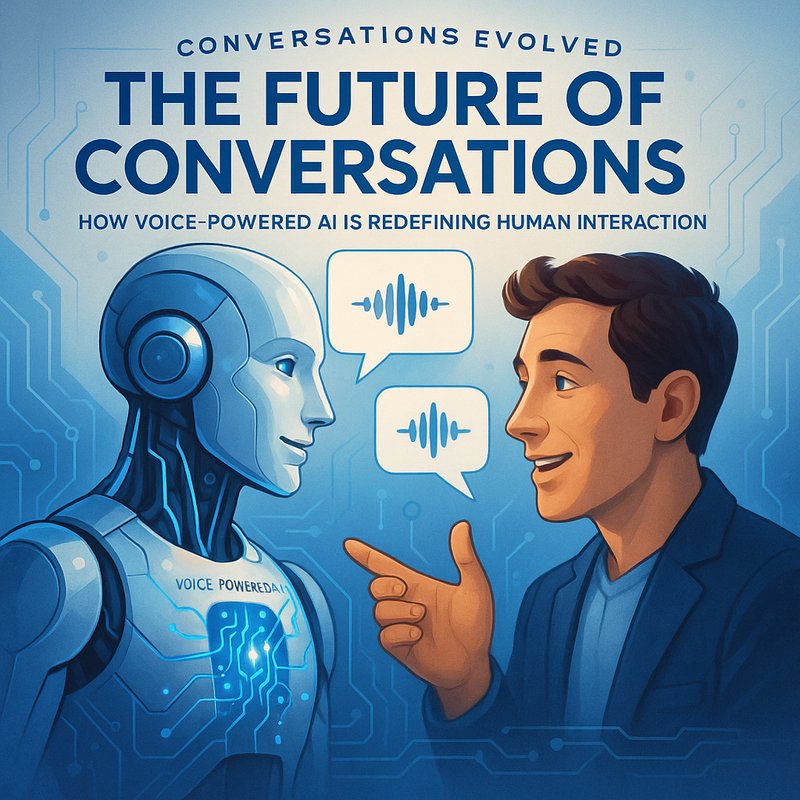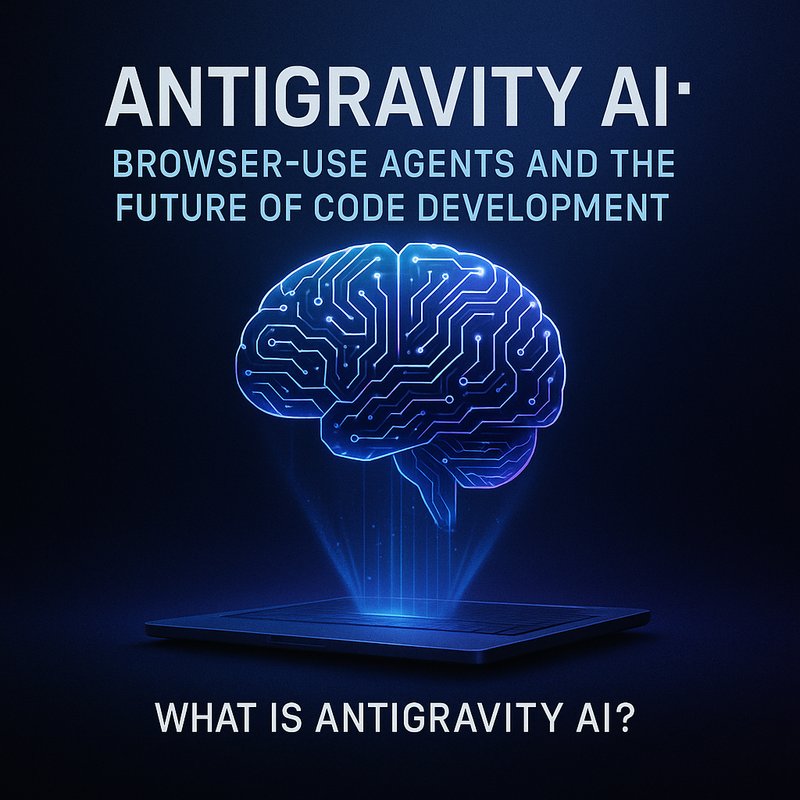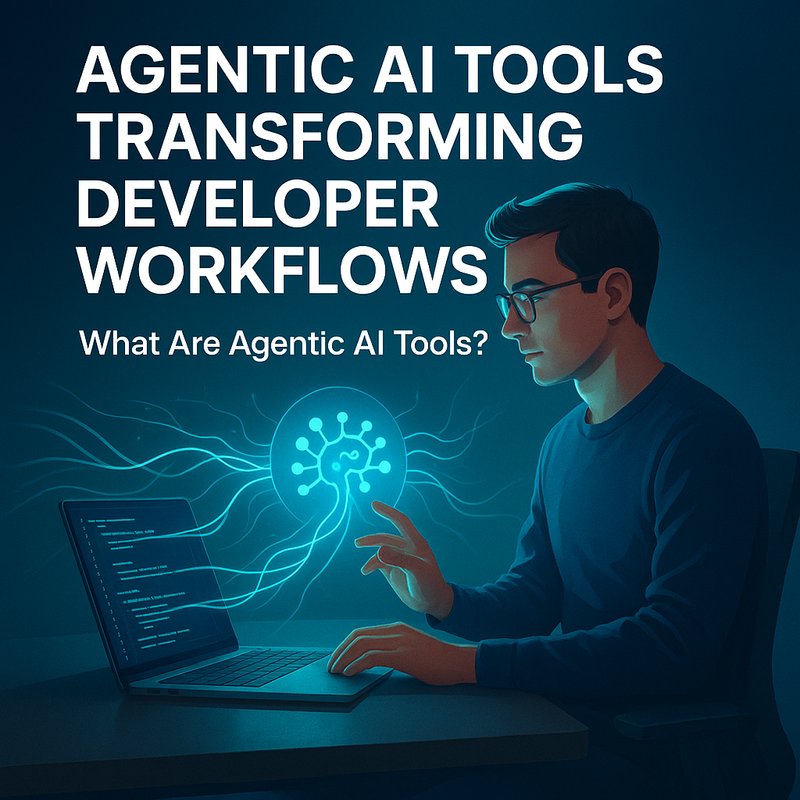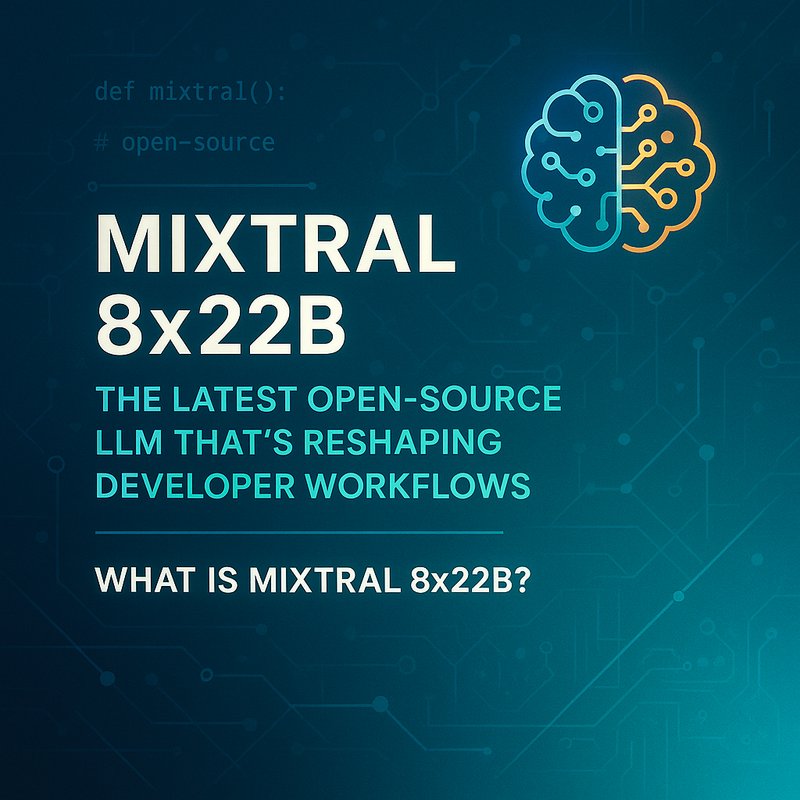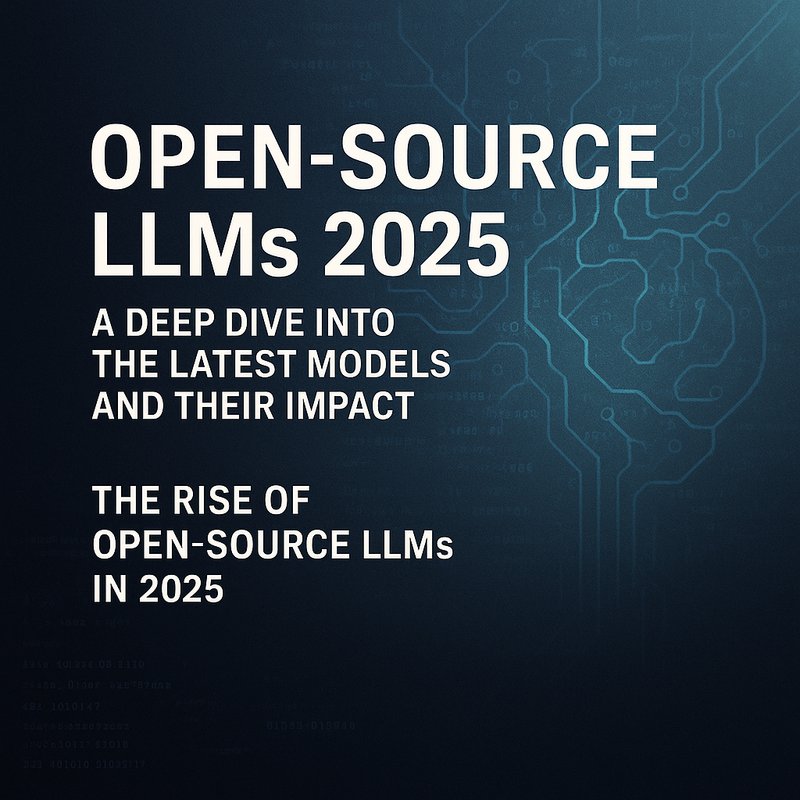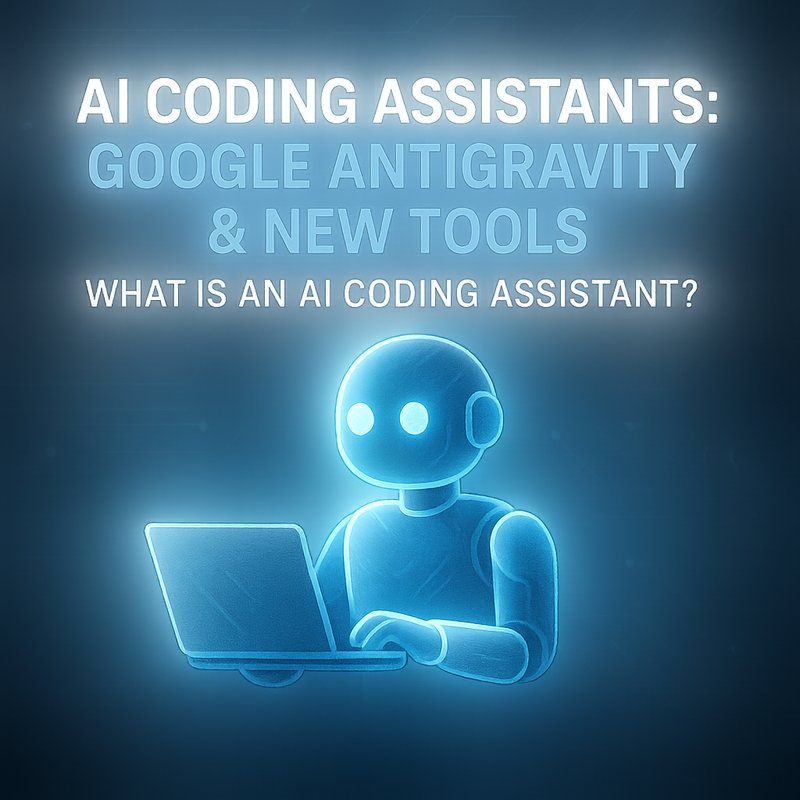The Future of Conversations: How Voice-Powered AI is Redefining Human Interaction
Imagine sitting down with a historical figure, engaging in a conversation that feels more like a friendly chat than a stuffy lecture. Or picture this: you’re struggling with a customer service issue, and the automated system actually helps you resolve it quickly and efficiently. Sounds like science fiction, right? But what if I told you that this is becoming a reality, thanks to advancements in voice-powered AI?
Introduction to Voice-Powered AI
Voice-powered AI is rapidly changing the way we interact with technology. With the development of models like Meta’s LLaMA4, we’re on the cusp of a new era in natural language interactions. But what makes this technology so special? For starters, it allows for more natural and intuitive conversations between humans and machines. No longer are we confined to typing commands or asking robotic questions; instead, we can simply talk to a device and get a response that feels almost human.

The Magic Voice-Powered AI
So, how does it work? At its core, voice-powered AI relies on complex algorithms and machine learning models that can understand and process human language. This involves not just recognizing words, but also grasping context, nuance, and even emotion. It’s a tall order, but the potential payoff is huge. Imagine being able to talk to a virtual assistant and getting a response that feels empathetic and understanding.
Real-World Applications
But here’s where it gets interesting: the applications of voice-powered AI extend far beyond virtual assistants. For instance, historians and educators are exploring ways to bring historical figures to life through voice-powered AI. Imagine having a conversation with Albert Einstein or Frida Kahlo, learning about their lives and work in a way that feels engaging and interactive.

The Catch?
Of course, with any emerging technology, there are challenges to overcome. One of the biggest hurdles is ensuring that voice-powered AI systems are accurate and unbiased. If these systems are trained on flawed data, they can perpetuate existing inequalities and biases. It’s a daunting task, but one that’s essential for building trust in this technology.
A New Era of Conversations
As we move forward, it’s clear that voice-powered AI is poised to transform the way we interact with technology. But it’s not just about the tech itself; it’s about the possibilities it unlocks. Imagine a future where conversations with machines feel as natural as chatting with a friend. That’s the promise of voice-powered AI, and it’s an exciting one.
The Road Ahead
So, what does the future hold for voice-powered AI? As researchers and developers continue to push the boundaries of what’s possible, we can expect to see even more innovative applications of this technology. From improving customer service to creating new educational tools, the potential is vast. And as we embark on this journey, it’s essential to approach it with a sense of curiosity and wonder. After all, the future of conversations is looking brighter than ever.
